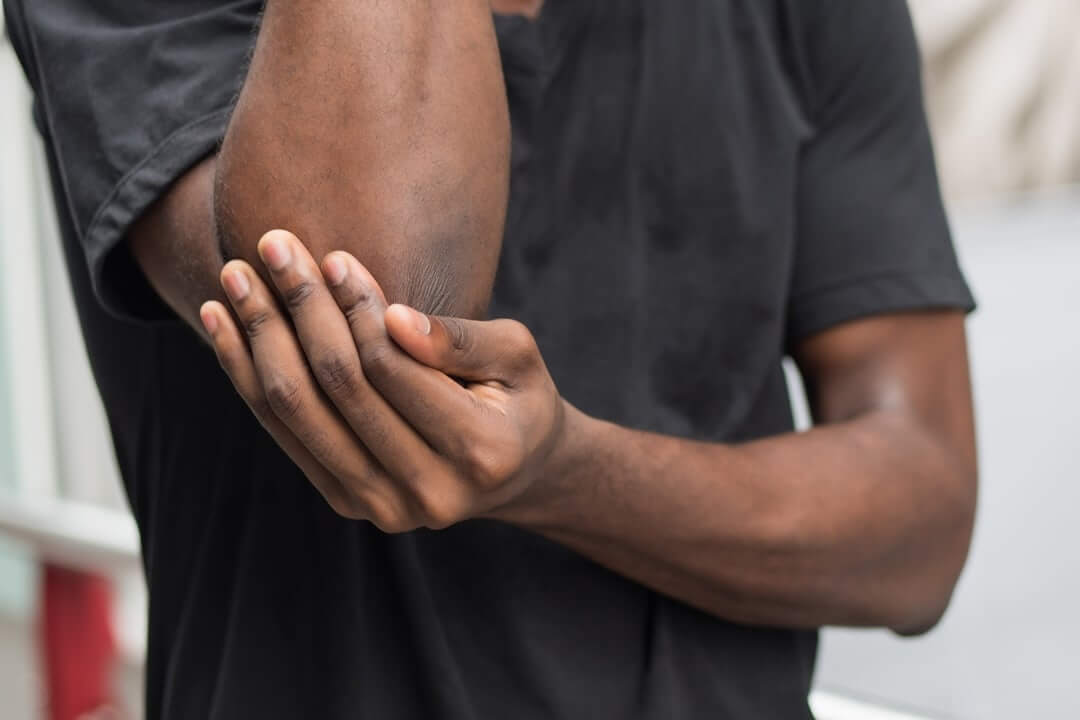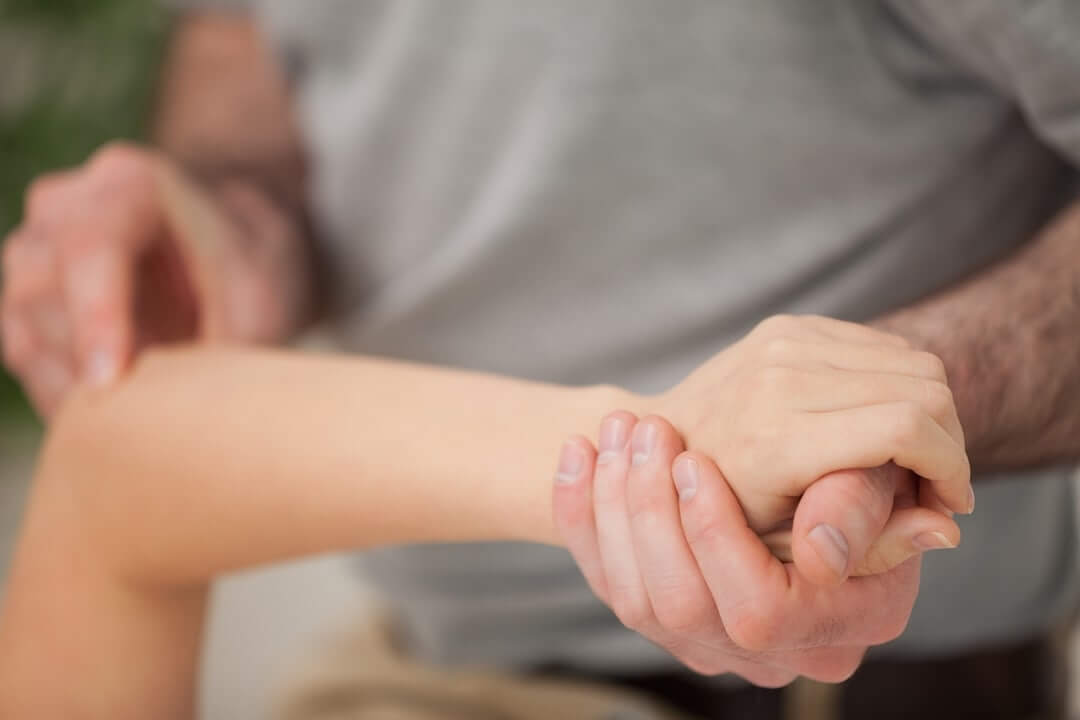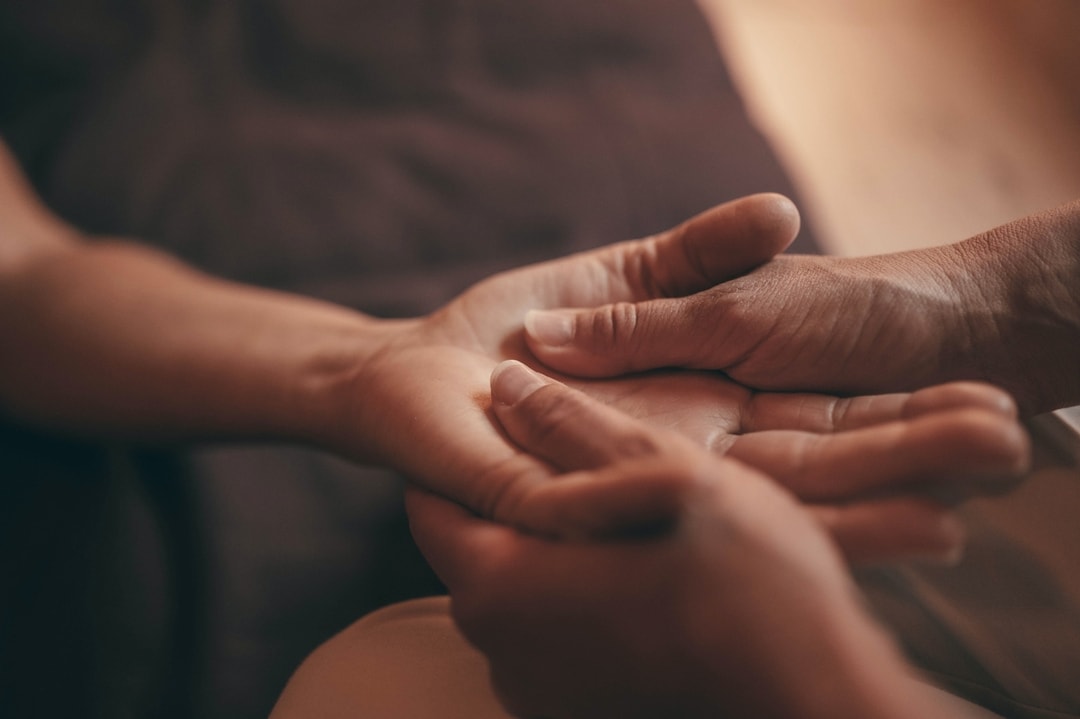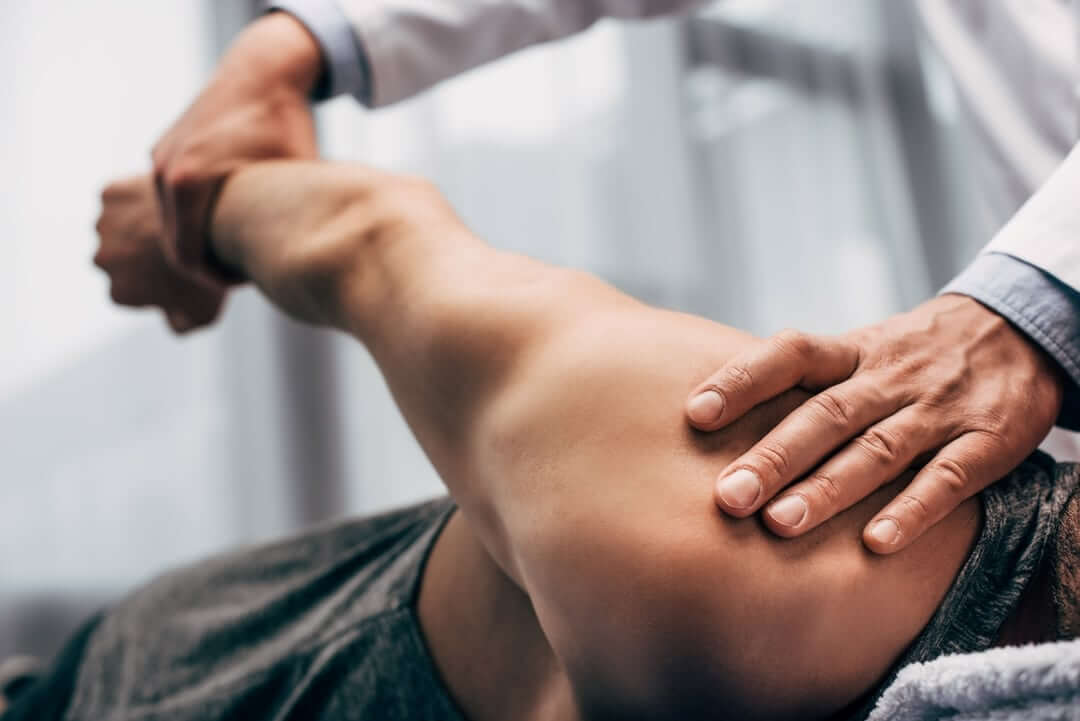A fracture is commonly referred to as a broken bone. Typically it takes a bone six weeks to heal, however some of the smaller bones in your hand can heal more quickly at around three to four weeks.
1 min read 6 Jan 2023
What is a fracture?
A fracture is commonly referred to as a broken bone. Typically it takes a bone six weeks to heal, however some of the smaller bones in your hand can heal more quickly at around three to four weeks.
It is extremely important for the bone to be immobilised with the correct alignment to allow for healing without any shortening or rotation of the bone.
How to Treat a Fracture
The bone can be immobilised with a fibreglass cast, a splint or surgically by a k-wire or plates and screws (typically called an open reduction and internal fixation – ORIF)
If you are in a cast or splint, then it is important to move all the joints not fractured. Your therapist will give you these exercises to keep everything else working while the bone heals. Once your cast is removed, then you will be given strengthening exercises to restore movement to the injured bone.
If your fracture required plates and screws, you will have a wound and sutures to be removed at 10 days. You then will be given advice to look after your scar with silicon, compression and massage. Your therapist will give you exercises to do about a week after the surgery to help restore your range of motion and strength. If you have had an ORIF then typically the hardware stays in your hand and you become used to it and don’t even know it is there. Occasionally, however, the hardware may need to be removed.
Healing Process & Aftercare
During the first four weeks do not to lift anything heavier the 1kg.
Once the bone is healed, at 6 weeks, you can perform all everyday tasks. If you need to lift heavy weights, or your job requires a lot of physical strength, then you will need to do strengthening exercises to regain your strength.
You should contact your car insurance about when you are able to drive, but it is not recommended to drive with a splint or cast on.
For more information and treatments options, get in touch with us.

Acute pain is when the body is working to heal structural tissue damage. Everything is done to ensure structural and mechanical integrity if maximised of the injured tissues.

Most wounds recover in the repair phase of healing. Our therapists look after your wounds by providing dressings that are applied with a sterile technique to avoid infection.

Joint mobilisation involves moving the joint back and forth in small oscillating movements further and further into range to restore the joints normal movement.

Massage helps to improve blood supply to the injured area, helping you recover faster.

Exercise is the body’s natural way of restoration to improve stability, mechanics, strength and movement to an injury. Whether the injury is from overuse, trauma, disease or surgery exercises are necessary to restore function.

Stretching is extremely beneficial for our joints, muscles and tendons. Not only do they help prepare your body work/exercises they ensure you are working at your optimum energy efficiency.